Improved Atomization via a Mechanical Atomizer with Optimal Geometric Parameters and an Air-Assisted Component
Abstract
:1. Introduction
- -
- -
- Nozzles with impediments, in which the working medium discharges from the nozzle under high pressure and interacts with an obstacle installed in front of the nozzle [15,16]. Both of the above atomizer types use only the working pressure of the medium transformed into flow velocity to break the liquid up into small-sized particles. Such atomizers are described as mechanical.
- -
2. Materials and Methods
2.1. Mechanical Atomizer
2.2. Air-Assisted Atomizer
2.3. Experimental Setup and Methodology
3. Results and Discussion
3.1. The Mechanical Atomizer
3.2. The Air-Assisted Atomizer
4. Conclusion
Author Contributions
Funding
Conflicts of Interest
References
- Yao, C.; Geng, P.; Yin, Z.; Hu, J.; Chen, D.; Ju, Y. Impacts of nozzle geometry on spray combustion of high pressure common rail injectors in a constant volume combustion chamber. Fuel 2016, 179, 235–245. [Google Scholar] [CrossRef]
- Williams, A. Combustion of Liquid Fuel Sprays; Butterworth-Heinemann: London, UK, 1990. [Google Scholar]
- Li, S.; Willits, D.H. Comparing low-pressure and high-pressure fogging systems in naturally ventilated greenhouses. Biosyst. Eng. 2008, 101, 69–77. [Google Scholar] [CrossRef]
- Xu, Z.; Xiao, Y.; Wang, Y. Experimental and theoretical studies on air humidification by a water spray at elevated pressure. Appl. Therm. Eng. 2007, 27, 2549–2558. [Google Scholar] [CrossRef]
- Nederhoff, E.; van Weel, P. Humidification: Fogging and Other Evaporative Cooling in Greenhouses. Pract. Hydroponics Greenh. 2011, 118, 46–52. [Google Scholar]
- Guo, Q.; Ren, W. Atomization parameters and fire suppression characteristics of water mist in simulated roadway. Geomat. Nat. Haz. Risk. 2019, 10, 1529–1541. [Google Scholar] [CrossRef] [Green Version]
- Kunyoung, L.E.E.; Kim, T.; Jongsu, L.E.E.; Choi, J.; Sanghyuk, S.O.N.; Lee, K. Apparatus for Both Humidification and Air Cleaning. U.S. Patent No. 10094582, 9 October 2018. [Google Scholar]
- LeFort, G.; Marshall, A.W.; Pabon, M. Evaluation of surfactant enhanced water mist performance. Fire Technol. 2009, 45, 341–354. [Google Scholar] [CrossRef]
- Sharma, A.; Jana, A.H.; Chavan, R.S. Functionality of milk powders and milk-based powders for end use applications—A review. Compr. Rev. Food Sci. Food Saf. 2012, 11, 518–528. [Google Scholar] [CrossRef]
- Vervaet, C.; Remon, J.P. Continuous granulation in the pharmaceutical industry. Chem. Eng. Sci. 2005, 60, 3949–3957. [Google Scholar] [CrossRef]
- Ochman, J.; Bialik, W.; Gil, S. An experimental study on liquid fuel atomization. Metalurgija 2015, 54, 559–562. [Google Scholar]
- Sponza, D.T. Toxicity studies in a tobacco industry biological treatment plant. Water Air Soil Pollut. 2002, 134, 137–164. [Google Scholar] [CrossRef]
- Marchione, T.; Allouis, C.; Amoresano, A.; Beretta, F. Experimental investigation of a pressure swirl atomizer spray. J. Propul. Power. 2007, 23, 1096–1101. [Google Scholar] [CrossRef]
- Bian, J.; Zhang, D.; Sun, R.; Wu, Y.; Tian, W.; Su, G.H.; Qiu, S. Experimental study on spray characteristics of pressure-swirl nozzle in China advanced PWR containment. Nucl. Eng. Des. 2019, 350, 158–175. [Google Scholar] [CrossRef]
- Chaker, M.A.; Meher-Homji, C.B.; Mee III, T. Inlet fogging of gas turbine engines: Experimental and analytical investigations on impaction pin fog nozzle behavior. J. Eng. Gas Turbines Power. 2006, 128, 826–839. [Google Scholar] [CrossRef]
- Chaker, M.; Meher-Homji, C.B.; Mee, T., III; Nicholson, A. Inlet fogging of gas turbine engines detailed climatic analysis of gas turbine evaporation cooling potential in the USA. J. Eng. Gas Turbines Power 2003, 125, 300–309. [Google Scholar] [CrossRef]
- Lefebvre, A.H. The role of fuel preparation in low-emission combustion. J. Eng. Gas Turbines Power. 1995, 117, 617–654. [Google Scholar] [CrossRef]
- Roudini, M.; Wozniak, G. Experimental investigation of spray characteristics of pre-filming air-blast atomizers. J. Appl. Fluid Mech. 2018, 11, 1455–1469. [Google Scholar] [CrossRef]
- Jedelsky, J.; Jicha, M.; Slama, J.; Otahal, J. Development of an effervescent atomizer for industrial burners. Energy Fuel 2009, 23, 6121–6130. [Google Scholar] [CrossRef]
- Lefebvre, A.H. Fifty years of gas turbine fuel injection. At. Spray 2000, 10, 251–276. [Google Scholar] [CrossRef]
- Bayrel, L. Orzechowski, Z. Liquid Atomization; Taylor & Francis: Washington, DC, USA, 1993. [Google Scholar]
- Shraiber, A.A.; Podvysotsky, A.M.; Dubrovsky, V.V. Deformation and breakup of drops by aerodynamic forces. At. Spray 1996, 6, 667–692. [Google Scholar] [CrossRef]
- Han, Z.; Parrish, S.E.; Farrell, P.V.; Reitz, R.D. Modeling atomization processes of pressure-swirl hollow-cone fuel sprays. At. Spray 1997, 7, 663–684. [Google Scholar] [CrossRef]
- Lefebvre, A.H.; McDonell, V.G. Atomization and Sprays; CRC Press: Boca Raton, FL, USA; Taylor & Francis: Washington, DC, USA, 2017. [Google Scholar]
- Dafsari, R.A.; Lee, H.J.; Han, J.; Park, D.C.; Lee, J. Viscosity effect on the pressure swirl atomization of an alternative aviation fuel. Fuel 2019, 240, 179–191. [Google Scholar] [CrossRef]
- Santangelo, P.E. Characterization of high-pressure water-mist sprays: Experimental analysis of droplet size and dispersion. Exp. Therm. Fluid Sci. 2010, 34, 1353–1366. [Google Scholar] [CrossRef]
- Rizk, N.K.; Lefebvre, A.H. Internal flow characteristics of simplex swirl atomizers. J. Propul. Power 1985, 1, 193–199. [Google Scholar] [CrossRef]
- Lee, J.D.; Saha, A.; Basu, S.; Kumar, R. Effects of Injection Pressure on Spray Atomization Characteristics with Measurement Technique Cross-validation. In Proceedings of the 12th Triennial International Conference on Liquid Atomization and Spray Systems, Heidelberg, Germany, 2–6 September 2012. [Google Scholar]
- Włodarczak, S.; Ochowiak, M.; Matuszak, M. Atomizers with the swirl motion phenomenon. Pract. Aspects Chem. Eng. 2018, 437–452. [Google Scholar]
- Rashad, M.; Yong, H.; Zekun, Z. Effect of geometric parameters on spray characteristics of pressure swirl atomizers. Int. J. Hydrogen Energy 2016, 41, 15790–15799. [Google Scholar] [CrossRef]
- Dar, U.A.; Bannikov, M. Swirl atomizer design for evaporative cooling of high temperature compressed air stream. Int. J. Fluid Mech. Res. 2014, 41, 51–70. [Google Scholar] [CrossRef]
- Zhang, T.; Dong, B.; Chen, X.; Qiu, Z.; Jiang, R.; Li, W. Spray characteristics of pressure-swirl nozzles at different nozzle diameters. Appl. Therm. Eng. 2017, 121, 984–991. [Google Scholar] [CrossRef]
- Elkotb, M.M.; Rafat, N.M.; Hanna, M.A. The Influence of Swirl Atomizer Geometry on the Atomization Performance. In Proceedings of the 1st International Conference on Liquid Atomization and Spray Systems, Hanna, Tokyo, Japan, 27–31 August 1978. [Google Scholar]
- Sakman, A.T.; Jog, M.A.; Jeng, S.M.; Benjamin, M.A. Parametric study of simplex fuel nozzle internal flow and performance. AIAA J. 2000, 38, 1214–1218. [Google Scholar] [CrossRef]
- Chen, S.K.; Lefebvre, A.H.; Rollbuhler, J. Factors influencing the effective spray cone angle of pressure-swirl atomizers. J. Eng. Gas Turbines Power 1992, 114, 97–103. [Google Scholar] [CrossRef]
- Ochowiak, M.; Lytvynenko, O.; Włodarczak, S.; Matuszak, M.; Krupińska, A. Design and study of conical pressure-swirl atomizers. DSMIE 2019, 472–480. [Google Scholar]
- Lee, S.G. Geometrical effects on spray characteristics of air-pressurized swirl flows. J. Mech. Sci. Technol. 2008, 22, 1633–1639. [Google Scholar] [CrossRef]
- Yule, A.J.; Widger, I.R. Swirl atomizers operating at high water pressure. Int. J. Mech. Sci. 1996, 38, 981–999. [Google Scholar] [CrossRef]
- Khavkin, Y.I. Theory and Practice of Swirl Atomizers; CRC Press: Boca Raton, FL, USA, 2003. [Google Scholar]
- Xue, J.; Jog, M.A.; Jeng, S.M.; Steinthorsson, E.; Benjamin, M.A. Effect of geometric parameters on simplex atomizer performance. AIAA J. 2004, 42, 2408–2415. [Google Scholar] [CrossRef]
- Rizkalla, A.A.; Lefebvre, A.H. The influence of air and liquid properties on airblast atomization. J. Fluids Eng. 1975, 97, 316–320. [Google Scholar] [CrossRef]
- Fraser, R.P.; Dombrowski, N.; Routley, J.H. The atomization of a liquid sheet by an impinging air stream. Chem. Eng. Sci. 1963, 18, 339–353. [Google Scholar] [CrossRef]
- Levy, Y.; Sherbaum, V.; Levin, D.; Ovcharenko, V. Airblast Swirl Atomizer for Small Jet Engines. In Proceedings of the ASME Turbo Expo 2005: Power for Land Sea, and Air, Reno, NV, USA, 6–9 June 2005. [Google Scholar]
- Albrecht, H.E.; Borys, M.; Damaschke, N.; Tropea, C. Laser Doppler and Phase Doppler MEASUREMENT Techniques; Springer: Berlin, Germany, 2003. [Google Scholar]
- Black, D.L.; McQuay, M.Q.; Bonin, M.P. Laser-based techniques for particle-size measurement: A review of sizing methods and their industrial applications. Progr. Energy Combust. Sci. 1996, 22, 267–306. [Google Scholar] [CrossRef]
- Valencia-Bejarano, M.; Langrish, T.A.G. Experimental investigation of droplet coalescence in a full-cone spray from a two-fluid nozzle using laser diffraction measurements. At. Spray 2004, 14, 355–374. [Google Scholar] [CrossRef]
- Wei, X.; Yong, H. Improved semiempirical correlation to predict sauter mean diameter for pressure-swirl atomizers. J. Propul. Power 2014, 30, 1628–1635. [Google Scholar] [CrossRef]
- Chang, K.C.; Wang, M.R.; Wu, W.J.; Hong, C.H. Experimental and theoretical study on hollow-cone spray. J. Propul. Power 1993, 9, 28–34. [Google Scholar] [CrossRef]
- Kourmatzis, A.; Pham, P.X.; Masri, A.R. Air assisted atomization and spray density characterization of ethanol and a range of biodiesels. Fuel 2013, 108, 758–770. [Google Scholar] [CrossRef]
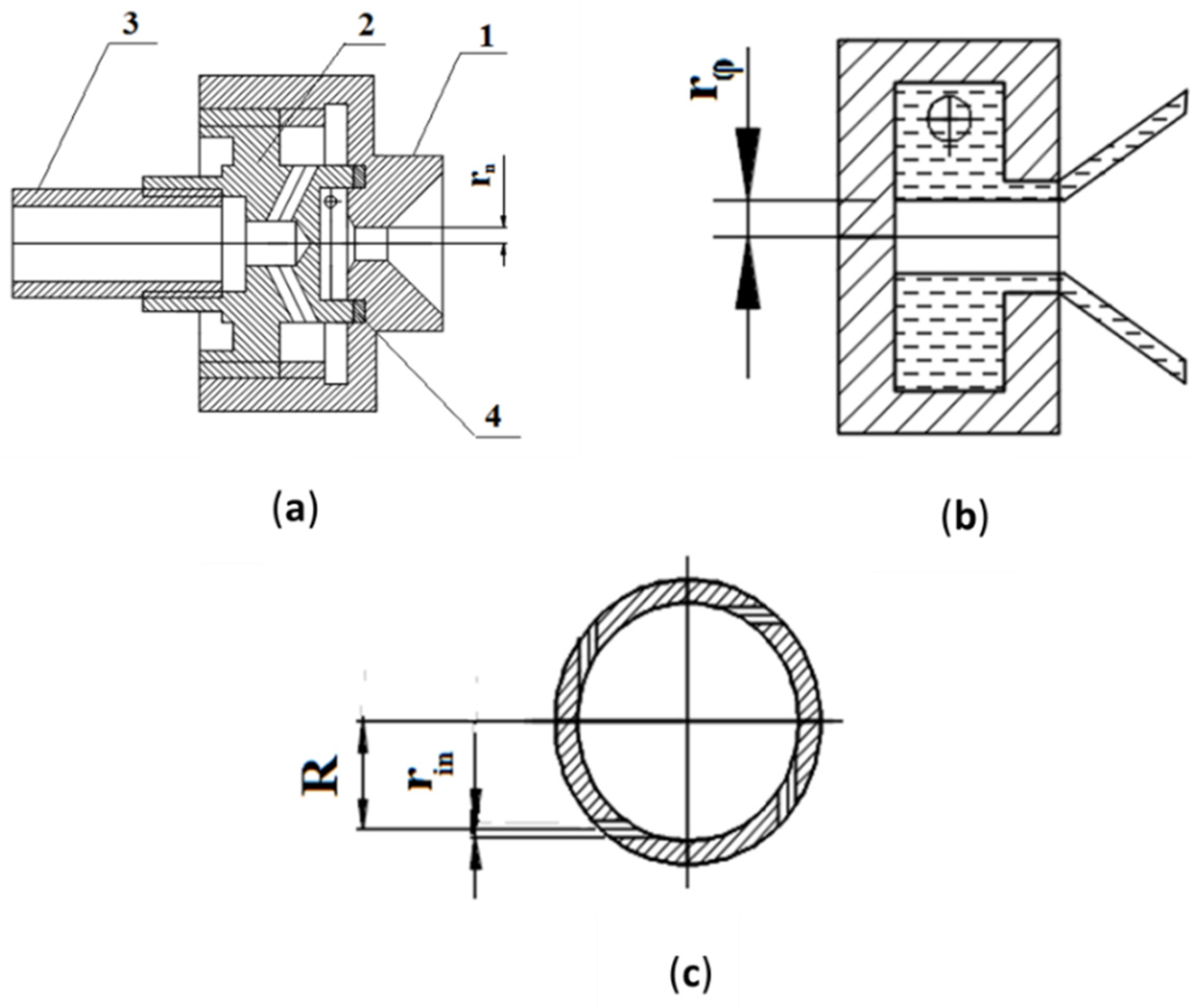
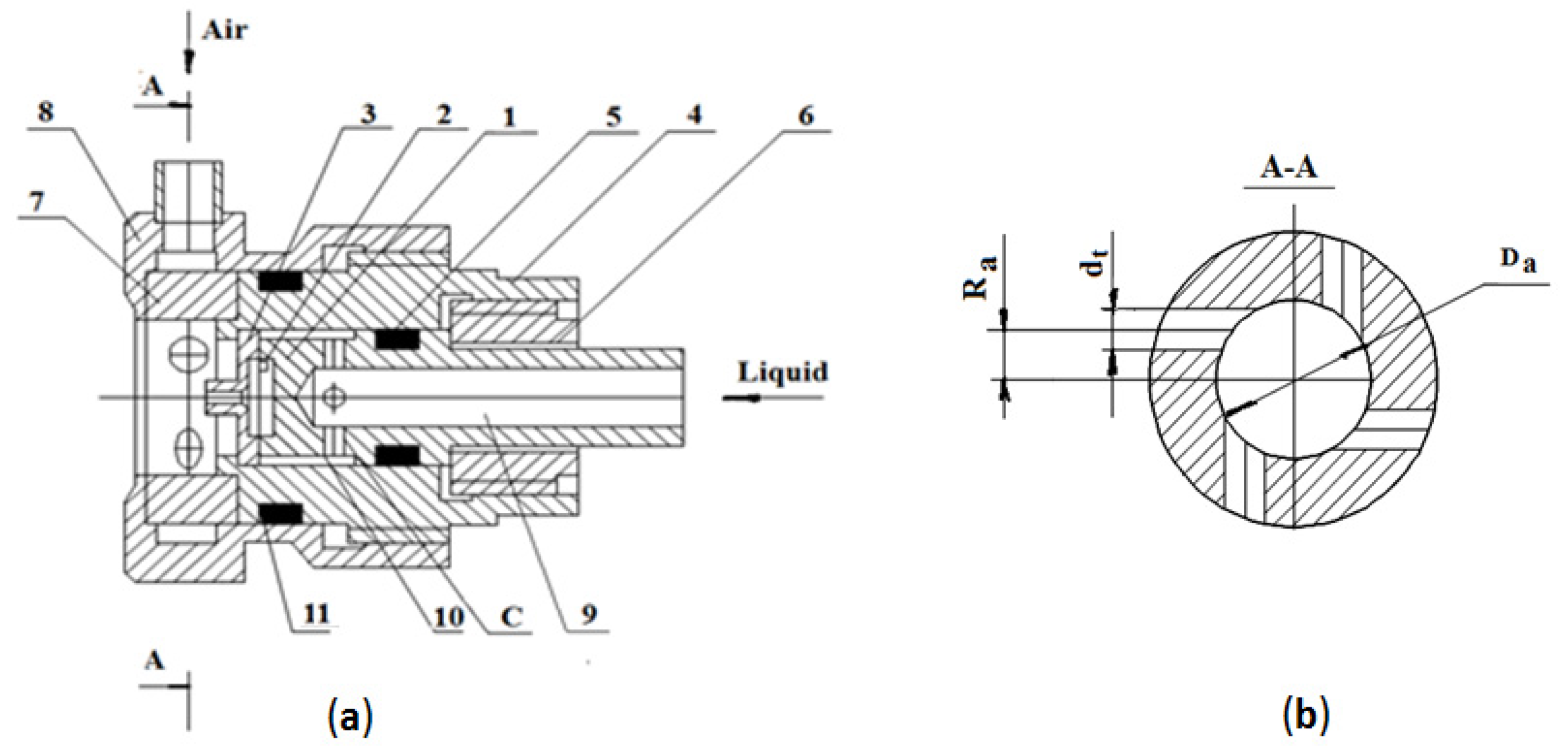



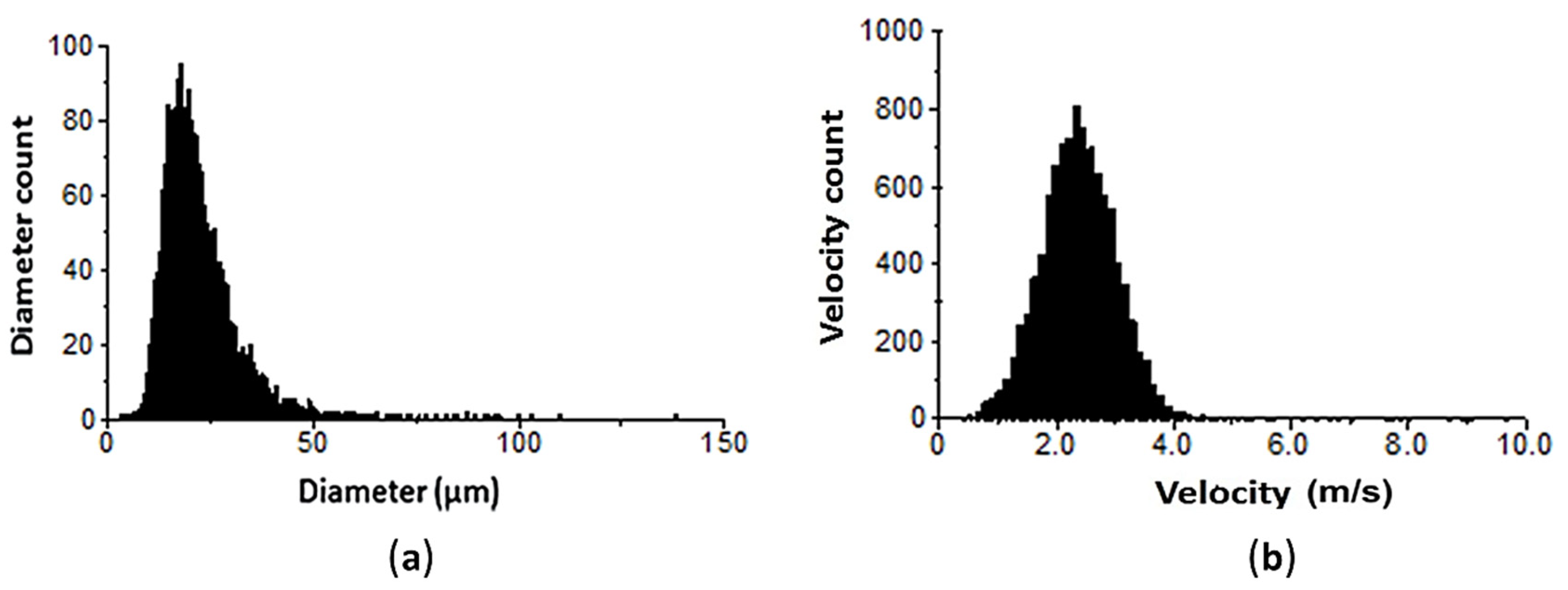
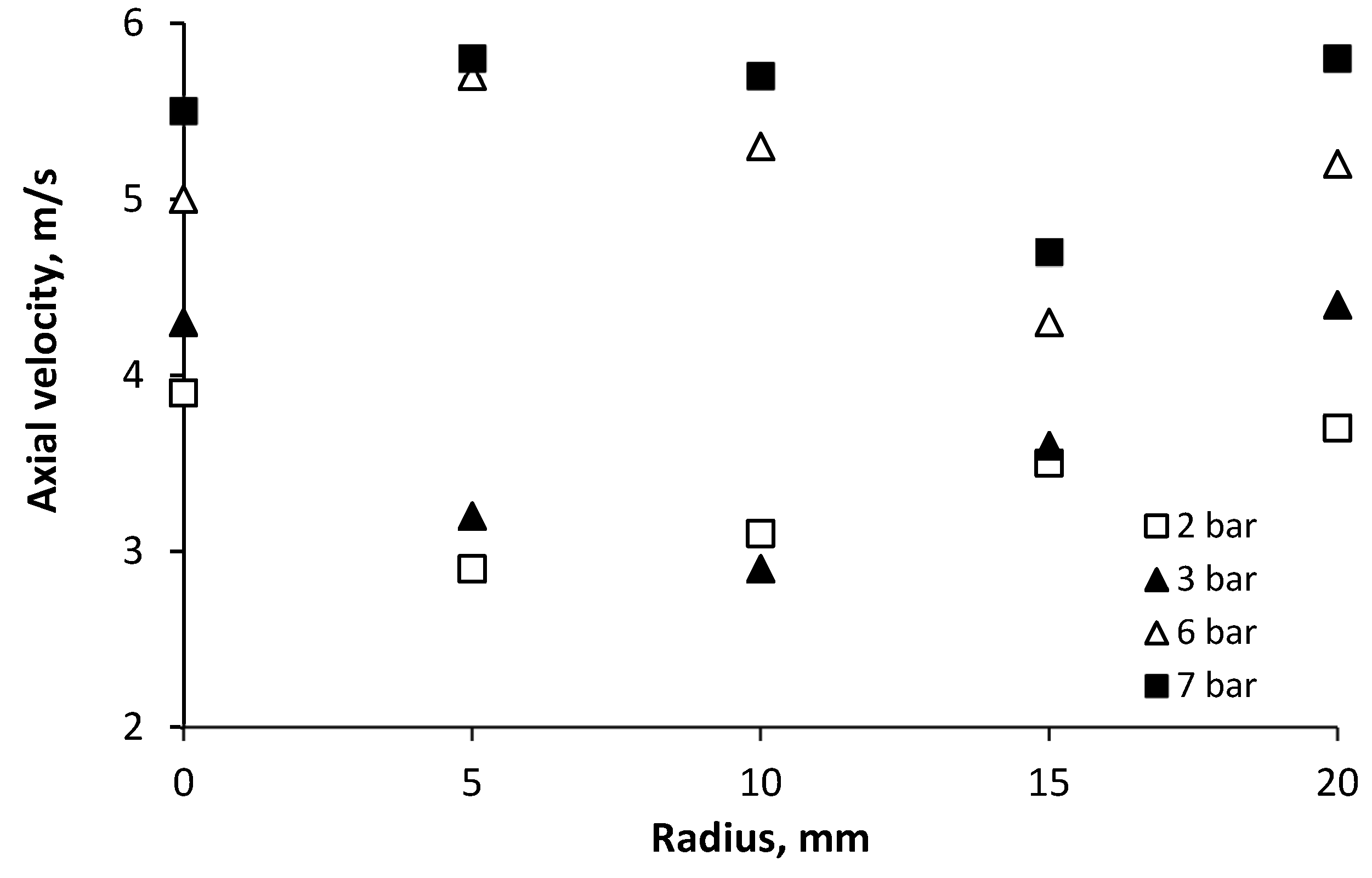
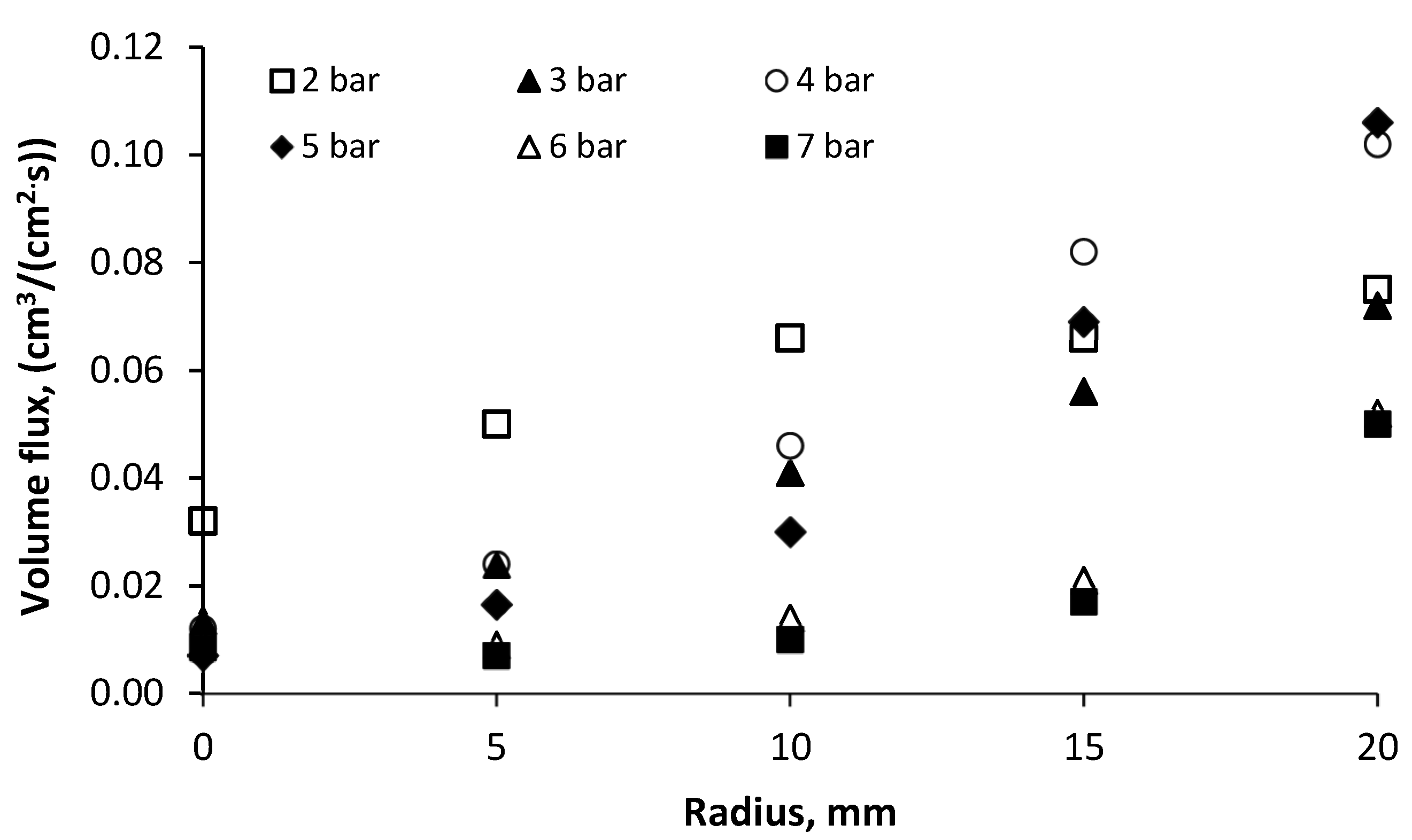

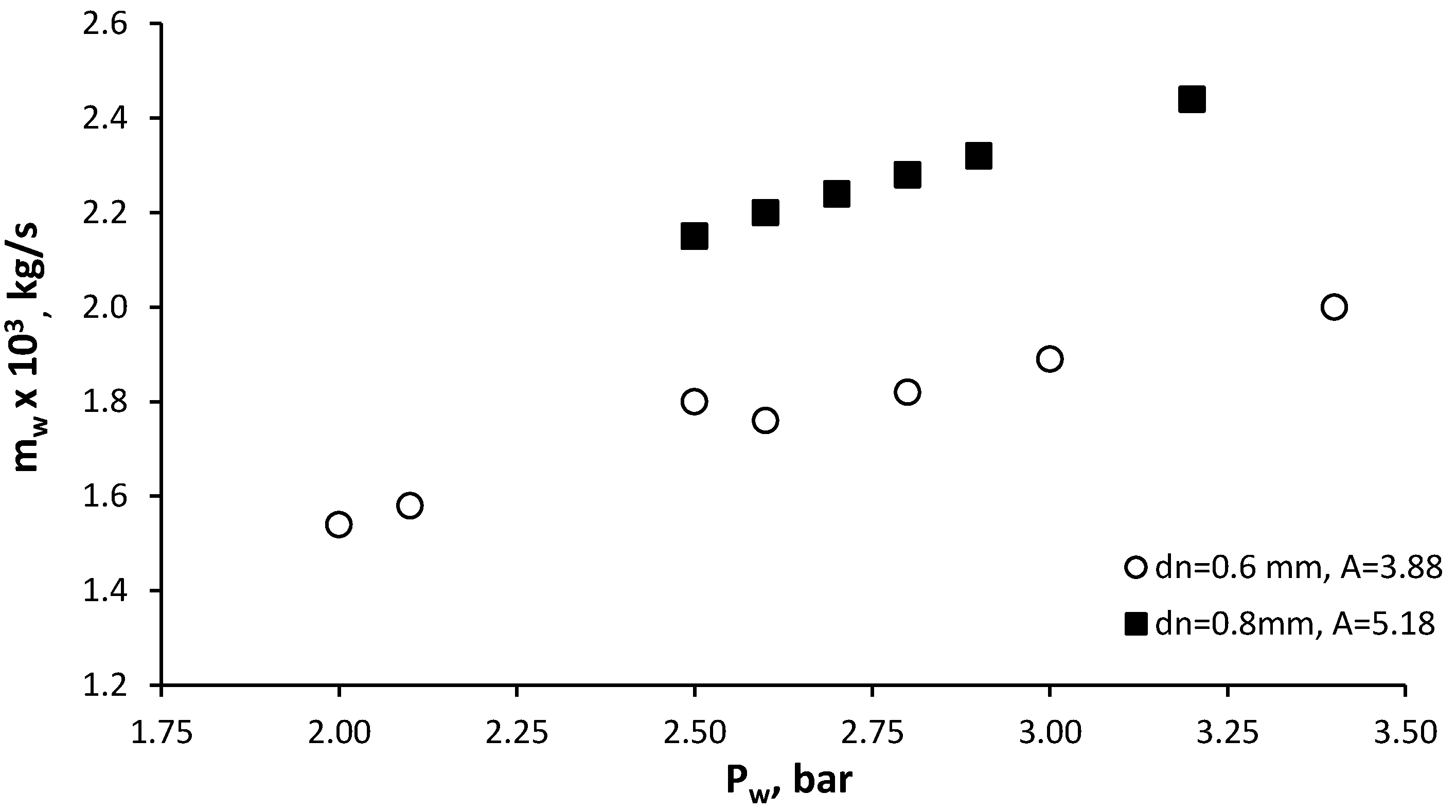

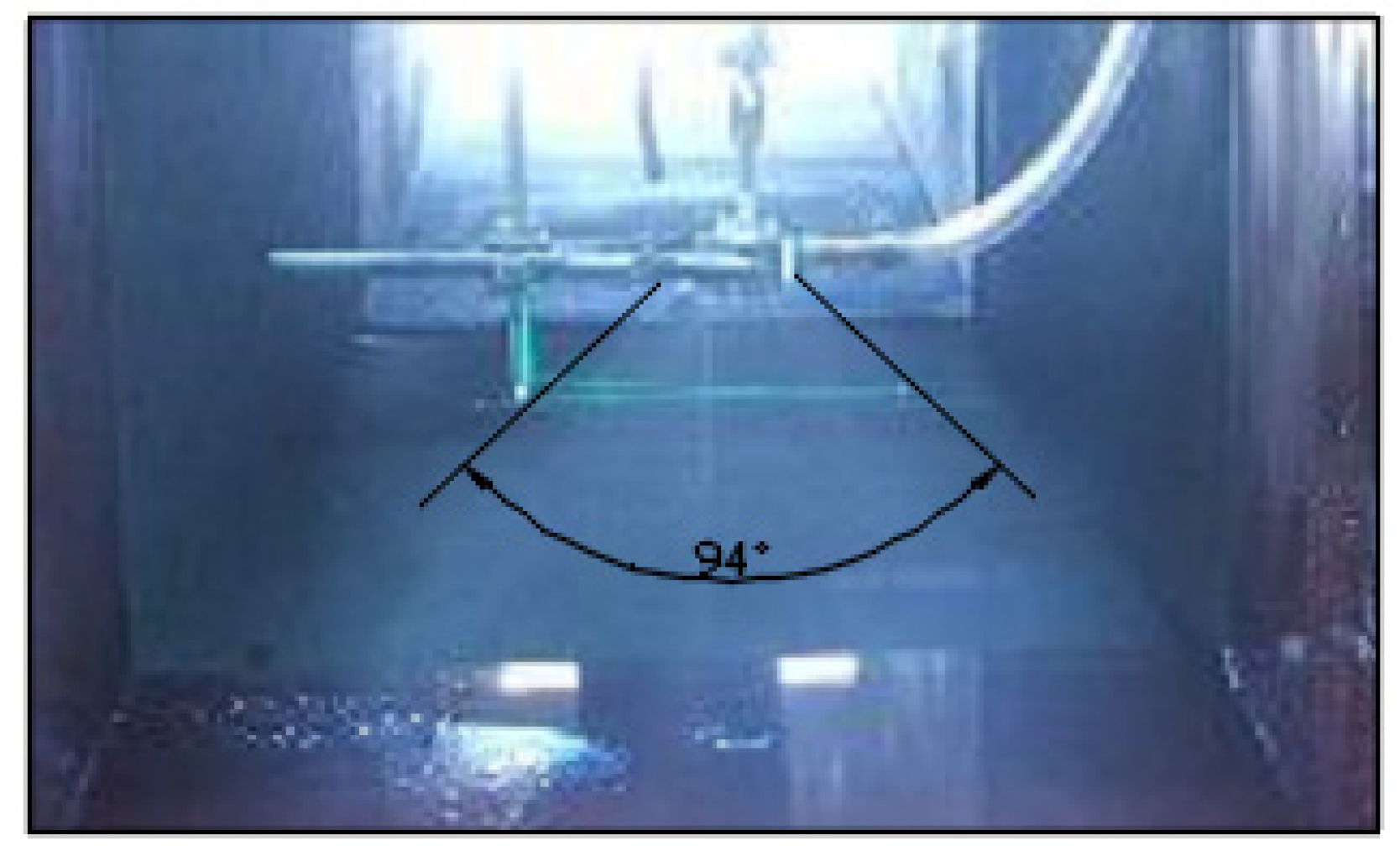
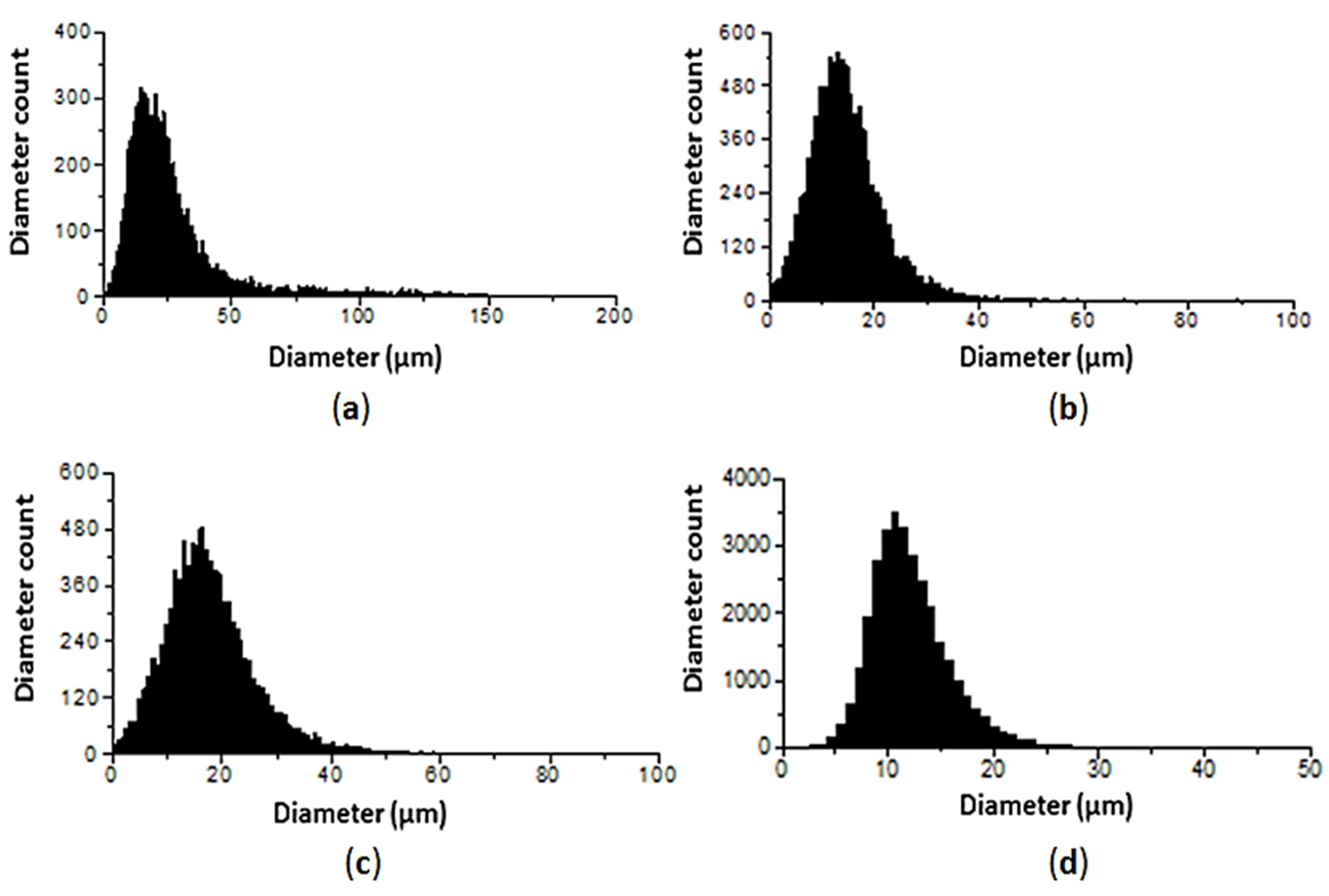

© 2020 by the authors. Licensee MDPI, Basel, Switzerland. This article is an open access article distributed under the terms and conditions of the Creative Commons Attribution (CC BY) license (http://creativecommons.org/licenses/by/4.0/).
Share and Cite
Levitsky, I.; Tavor, D. Improved Atomization via a Mechanical Atomizer with Optimal Geometric Parameters and an Air-Assisted Component. Micromachines 2020, 11, 584. https://doi.org/10.3390/mi11060584
Levitsky I, Tavor D. Improved Atomization via a Mechanical Atomizer with Optimal Geometric Parameters and an Air-Assisted Component. Micromachines. 2020; 11(6):584. https://doi.org/10.3390/mi11060584
Chicago/Turabian StyleLevitsky, Inna, and Dorith Tavor. 2020. "Improved Atomization via a Mechanical Atomizer with Optimal Geometric Parameters and an Air-Assisted Component" Micromachines 11, no. 6: 584. https://doi.org/10.3390/mi11060584
APA StyleLevitsky, I., & Tavor, D. (2020). Improved Atomization via a Mechanical Atomizer with Optimal Geometric Parameters and an Air-Assisted Component. Micromachines, 11(6), 584. https://doi.org/10.3390/mi11060584



